Heavy Metals On Earth Originate From Supernova Explosion
Eddie Gonzales Jr. – MessageToEagle.com – A new research by a University of Guelph physicist suggests that most of them were spewed from a largely overlooked kind of star explosion far away in space and time from our planet.
“Some 80 per cent of the heavy elements in the universe likely formed in collapsars, a rare but heavy element-rich form of supernova explosion from the gravitational collapse of old, massive stars typically 30 times as weighty as our sun,” U of G physics professor Daniel Siegel, said in a press release.
That finding overturns the widely held belief that these elements mostly come from collisions between neutron stars or between a neutron star and a black hole, said Siegel.
Using supercomputers, researchers simulated the dynamics of collapsars, or old stars whose gravity causes them to implode and form black holes.
“Under their model, massive, rapidly spinning collapsars eject heavy elements whose amounts and distribution are “astonishingly similar to what we observe in our solar system,” said Siegel.
Until now, scientists thought that these elements were cooked up mostly in stellar smashups involving neutron stars or black holes, as in a collision of two neutron stars observed by Earth-bound detectors that made headlines in 2017.
Ironically, said Siegel, his team began working to understand the physics of that merger before their simulations pointed toward collapsars as a heavy element birth chamber.
“Our research on neutron star mergers has led us to believe that the birth of black holes in a very different type of stellar explosion might produce even more gold than neutron star mergers.”
What collapsars lack in frequency, they make up for in generation of heavy elements, said Siegel. Collapsars also produce intense flashes of gamma rays.
“Eighty per cent of these heavy elements we see should come from collapsars. Collapsars are fairly rare in occurrences of supernovae, even more rare than neutron star mergers – but the amount of material that they eject into space is much higher than that from neutron star mergers.”
The team’s model can be soon validated by observations when infrared instruments such as those on the James Webb Space Telescope, set for launch in 2021, should be able to contribute with further data.
Written by Eddie Gonzales Jr. – MessageToEagle.com Staff
Related Posts
-
 On This Day In History: Supernova Observed In Constellation Lupus By Chinese And Egyptians – On May 1, 1006 AD
No Comments | May 1, 2016
On This Day In History: Supernova Observed In Constellation Lupus By Chinese And Egyptians – On May 1, 1006 AD
No Comments | May 1, 2016 -
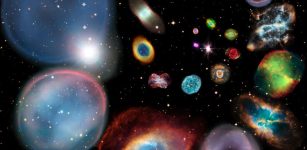 Simple And Elegant Method To Measure Distance To ‘Planetary Nebulae’ – Ghostly Objects Spread Across Our Galaxy
No Comments | Nov 21, 2015
Simple And Elegant Method To Measure Distance To ‘Planetary Nebulae’ – Ghostly Objects Spread Across Our Galaxy
No Comments | Nov 21, 2015 -
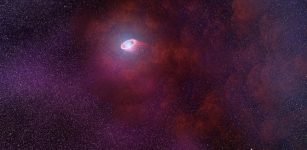 Hubble Uncovers Unique Features Around A Neutron Star
No Comments | Sep 19, 2018
Hubble Uncovers Unique Features Around A Neutron Star
No Comments | Sep 19, 2018 -
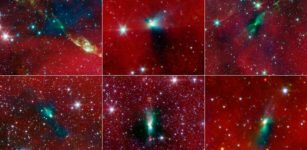 Critical Clue About The Life Cycles Of Binary Stars – Detected
No Comments | Jul 7, 2022
Critical Clue About The Life Cycles Of Binary Stars – Detected
No Comments | Jul 7, 2022 -
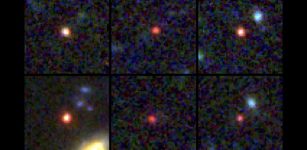 James Webb Space Telescope Images Challenge Theories Of How Universe Evolved
No Comments | Apr 14, 2023
James Webb Space Telescope Images Challenge Theories Of How Universe Evolved
No Comments | Apr 14, 2023 -
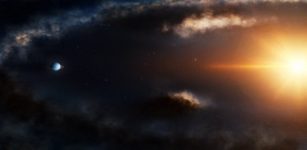 New Evidence Of Baby Planet In The Making
No Comments | Sep 16, 2022
New Evidence Of Baby Planet In The Making
No Comments | Sep 16, 2022 -
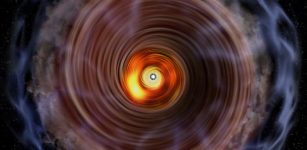 ALMA’s Observations Of Protostar G353 In Constellation Scorpius
No Comments | Jul 10, 2019
ALMA’s Observations Of Protostar G353 In Constellation Scorpius
No Comments | Jul 10, 2019 -
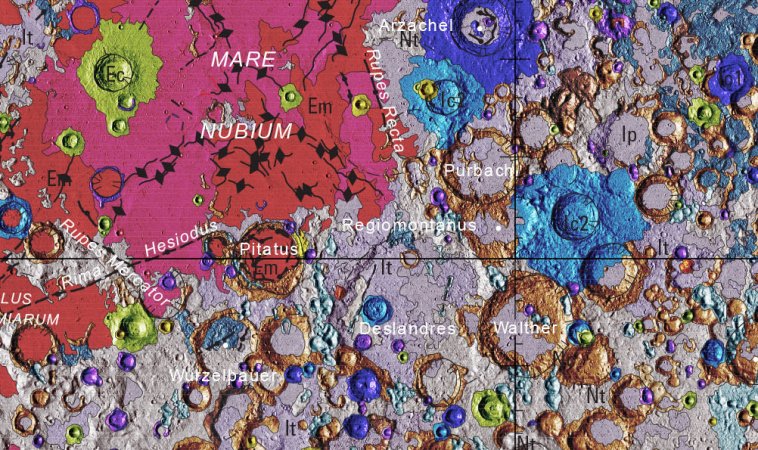 First-Ever Comprehensive Geologic Map Of The Moon – Released
No Comments | Apr 23, 2020
First-Ever Comprehensive Geologic Map Of The Moon – Released
No Comments | Apr 23, 2020 -
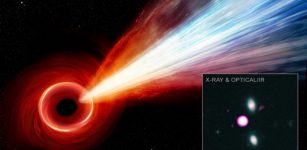 Gigantic Jet From From Black Hole In Early Universe Observed Thanks To Chandra’ Sharp Vision
No Comments | Mar 11, 2021
Gigantic Jet From From Black Hole In Early Universe Observed Thanks To Chandra’ Sharp Vision
No Comments | Mar 11, 2021 -
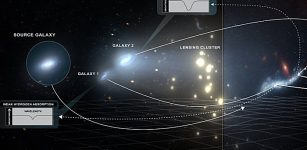 Galaxy Is Used As A ‘Cosmic Telescope’ To Study Heart Of The Young Universe
No Comments | May 19, 2022
Galaxy Is Used As A ‘Cosmic Telescope’ To Study Heart Of The Young Universe
No Comments | May 19, 2022

